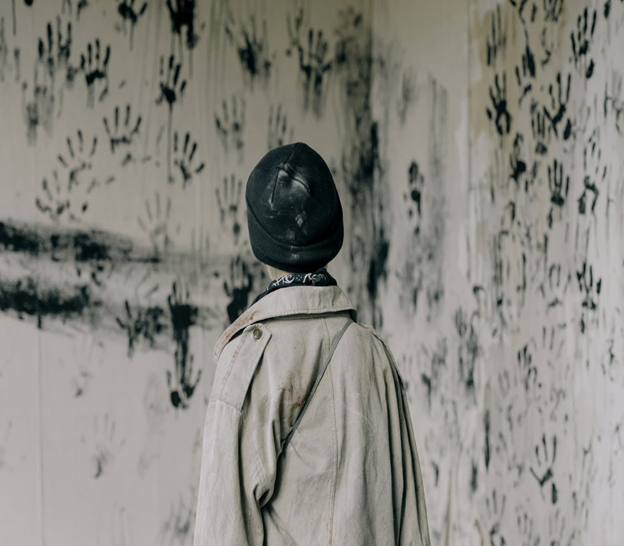
Crosby Activity 1: Five Six Pick Up SticksThis activity is the start of 5 short activity lessons on why museums ask you not to touch items on display. This activity requires:
It can be a stick found outside, a popsicle stick from the kitchen or anything similar that an adult will allow you to break.
How easy was it to put the stick together again?
Is it as strong as before you broke it in two?

Matos Activity 2: What Have You Broken?What have you broken that was worth a lot of money or special to someone?
_________________________________________________________________________ _________________________________________________________________________ _________________________________________________________________________ _________________________________________________________________________ What happened after you broke it? _________________________________________________________________________ 
Neel Activity 3: That's Why We Can't Have Nice ThingsMuseums are fascinating places, and not just for adults but for kids too! Though, it’s not easy to visit some museums. There are so many exciting things to see and learn from that you are not allowed to touch.
The next activity will open your eyes to reasons why museums have ‘No Touching” rules.
"What if You Damaged Something in a Museum by Accident?"

Activity 4: Yup, It's RuinedNow that you’ve watched the YouTube video, the following pages feature photos and information about the damaged pieces mentioned in the video. For the record: Adults, not children, damaged each of the historic pieces featured in that video. Do you remember the stick you tried to put back together in the first activity? Was it ever the same as it was before it was broken? The same can be said for the pieces featured in the video. Activity: Take a look at the pictures of the damaged pieces. Think about each accident and what you can learn from it.

Activity 5: "Erase the Face! or Maybe You Shouldn't"Breakage by touching is not the only way to damage a museum piece; our fingertips, therefore hands, contain oils that can ruin a sensitive object. It’s also why Curators (those in charge of the items in a museum) wear cotton gloves when handling objects.The next activity will introduce an old form of photography called the Daguerreotype (duh-ger-oh-type). The g is pronounced as the ‘g’ in go. This activity is an exercise to show how oils on our fingertips can quickly damage one. 
Photo: Sayles The End:Exhibits and other public displays of art or objects are for us to enjoy. Can you imagine someone ruining this interesting piece because they refused to follow directions? Let’s all make sure children and adults continue to enjoy objects and works of art on display by respecting rules. |
Last updated: January 6, 2021
